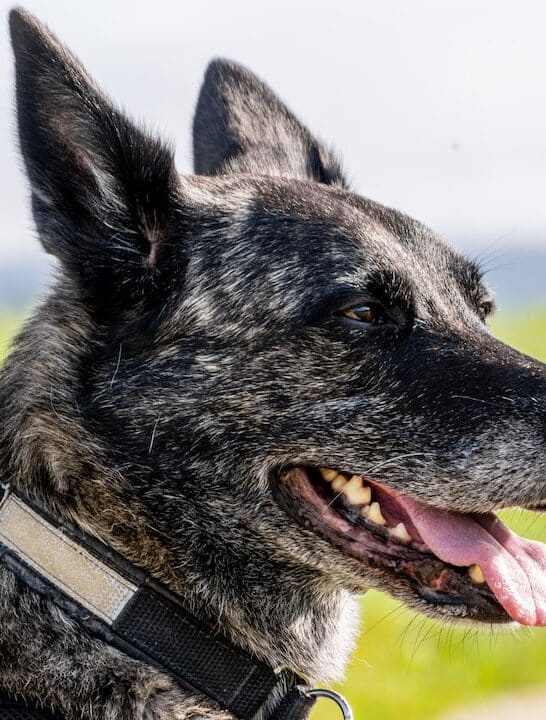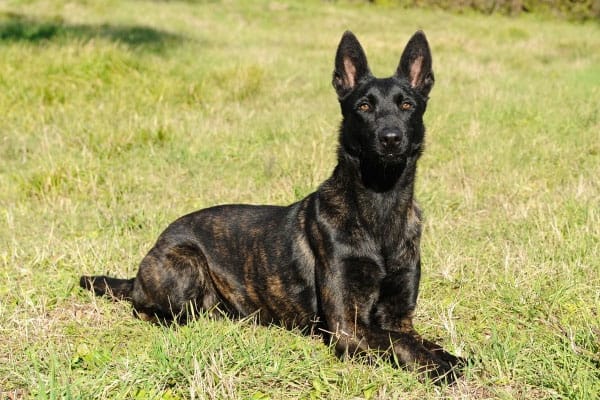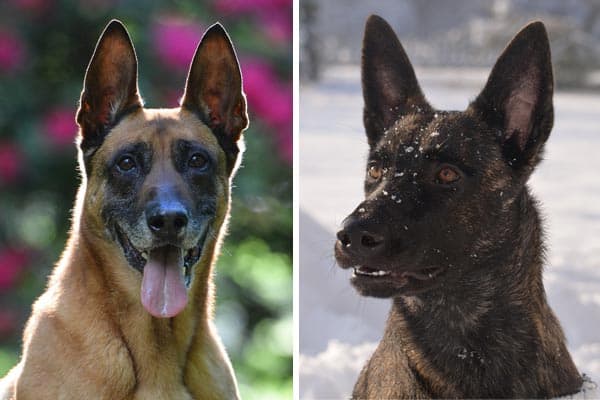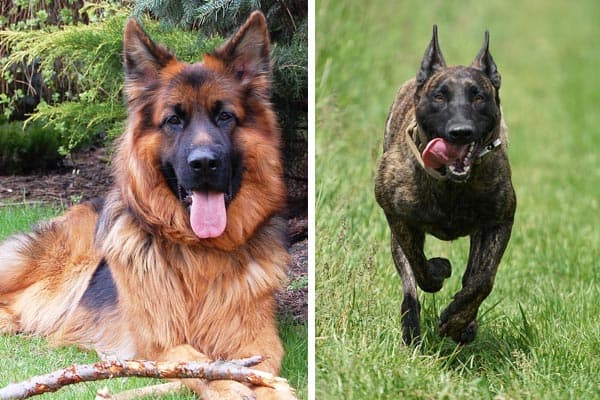Do Dutch Shepherds Like Water: Everything You Need to Know About Dutch Shepherds & Water
Not all dogs love water. Some dogs seem like they were born to swim while others give any water body (except their water bowl) a wide berth. Which one is the Dutch Shepherd?
As it turns out, Dutch Shepherds love the water when they are properly introduced to it. Of course, anything can be a little scary at first if you are a young puppy and you’ve never seen water before.
But since the Dutch Shepherd is a natural athlete in every sense of the word and loves to exercise and explore and stay active, water is just one more physical challenge waiting to be mastered.
In this article, we will tell you everything you need to know about Dutch Shepherd dogs and water.
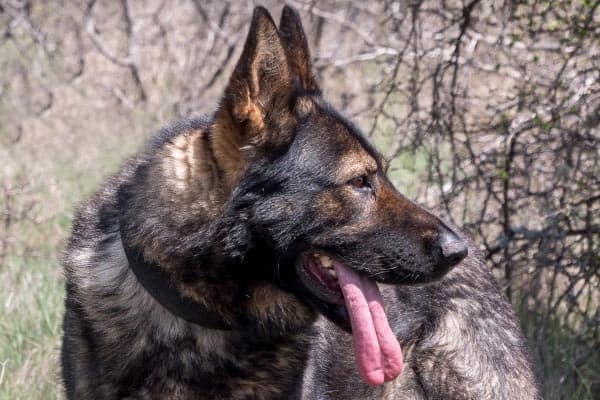
Introducing the Dutch Shepherd Dog Breed
The Dutch Shepherd dog breed is not one of those breeds that most people have heard of or could name on sight.
But this doesn’t mean the Dutch Shepherd is a new breed – far from it. In fact, this dog breed is rather rare in more ways than one.
For starters, the Dutch Shepherd is what dog experts like the American Kennel Club (AKC) call a “natural dog breed.”
The outer layer of the Dutch Shepherd’s coat is coarse and water-repellant. The inner layer is thick and insulating to keep the dog’s skin and body warm and dry. In a way, this means the Dutch Shepherd is ideally suited to work and play in the water!
See Dutch Shepherd Puppies Exploring the Water for the First Time
In this short YouTube video, you can watch an experienced dog trainer introducing a litter of Dutch Shepherd puppies to the water for the first time.
It is easy to see the puppies’ natural delight in the rushing water as it flows downstream. In the commentary, the trainer mentions how he plans to introduce them to swimming in rivers next.
What You Need to Know About Dutch Shepherds and Water Safety
As this popular Dutch Shepherd forum conversation illustrates, Dutch Shepherds often seem born to swim.
But as with any dog (or any animal), it is important to make sure the first introduction to water is both safe and positive.
As Outside Online explains, you should wait to introduce a Dutch Shepherd puppy to water until you can make sure the following prerequisites are met in full:
- The puppy is old enough to stand steadily in the water.
- The puppy understands basic obedience commands and reliably obeys.
- There are no drop-offs or danger zones in the water.
- You are willing to go in first (most dogs will follow rather than be left alone onshore).
It is also important to approach water training using only positive reinforcement and positive training methods.
Dutch Shepherds are incredibly intelligent dogs and will not respond well to punitive or negative training, such as throwing the puppy off the end of a dock or finding a way to trick or force your puppy into the water.
You want to start water training very slowly and proceed the same way you would with any training you do on land, but building on everything your puppy has already learned and keeping lessons short and easily digestible.
In this way, your Dutch Shepherd will likely come to regard “water time” as a fun time and be eager to enter the water and interact with you.

How to Coax Your Dutch Shepherd Puppy Into the Water
If your puppy is like the Dutch Shepherd pups you met in the video here earlier, you may not have to do a single thing to coax your dogs into the water!
But if your pup does exhibit a bit of initial hesitation or reluctance, this is normal and natural and you shouldn’t try to force your puppy in. Rather, consider using yourself as “bait” to help your dog become interested in checking it out.
- Choose one of your dog’s favorite toys to take in with you (preferably a toy that floats well).
- Head into the water with your dog at your heels.
- Toss the toy into the water just far enough to require a bit of paddling.
- Release your dog to retrieve it.
- Repeat, going a little deeper together each time for your starting point.
Be sure to give your puppy lots of praise and encouragement for each successful retrieval. Stop while your Dutch Shepherd is still interested in doing more to build anticipation for the next time.
Why Do Dutch Shepherds Sometimes Behave Strangely in Water?
Sometimes, despite everything you may have heard or seen with other Dutch Shepherds and their owners, you may find that your dog behaves strangely around or in water.
This can especially crop up when you go into the water with your dog intending to have a fun swim together.
As this thread on the Dutch Shepherd dog owner forum illustrates, if your dog doesn’t want to explore the water or behaves strangely when you go in, it may be due to this breed’s strong protective and herding instincts.
Your Dutch Shepherd has a long breed lineage as a working dog breed that is responsible for herding and protecting both animals (livestock) and people.
As the owners are discussing on the forum, their Dutch Shepherds often behave as if they are trying to “rescue” them back to shore!
Of course, you can’t talk to your dog and explain that swimming around in the water is fun for you.
If your pup continually tries to herd you back to shore or bite down on your clothing (or on you) to pull you back to land, you may need to do more training or even accept that swimming together may not be something that your dog finds fun.
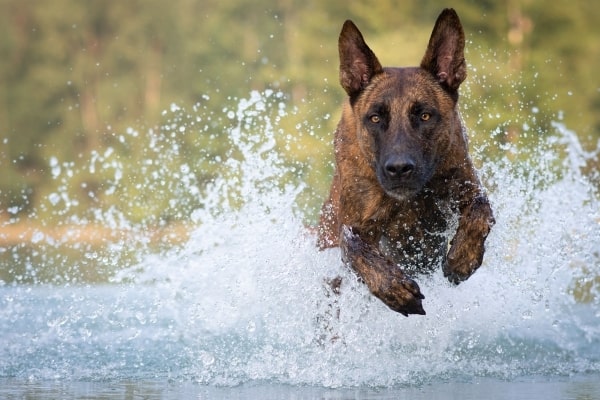
Caring for Your Dutch Shepherd Dog’s Special Water Resistant Coat
As we mentioned here earlier, your Dutch Shepherd’s coat is especially adapted for working out in the elements both on land and in water.
The outer layer is water-repellant and the inner layer is thick and insulating.
Be aware that when your dog is in the full-on coat blow period that typically happens seasonally, the coat may not function as well as a source of protection from wet and cold.
Also, never shave your Dutch Shepherd’s coat. The coat may never grow back in the same way and the new growth may not retain the water-repellent properties that are so necessary for your dog’s safety in the water and out in the elements.
Shaving the coat may be especially tempting if it gets very hot in the summer where you live and your Dutch Shepherd has the long-hair or rough (wire) coat type. But instead of shaving, what you can do is thin or hand-strip the coat.
This retains the moisture-wicking properties of the Dutch Shepherd’s natural coat itself, which will also help to keep your dog cool during the heat of summer.
Shaving the coat off removes its moisture-wicking benefits as well as its water-repellant and insulating properties and can cause irreversible damage.
As the Animal Rescue Site points out, the older your dog is when you shave the coat, the more damage you may do.
Do you have a Dutch Shepherd puppy or adult dog that loves to swim? Or does your Dutch Shepherd seem oddly water-averse? Share your questions and insights with us in the comments.
























